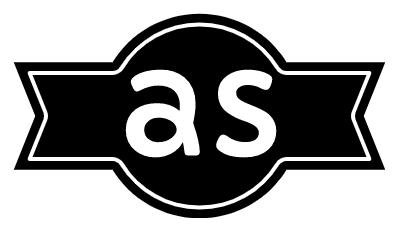- Web Subscription – $59
- Print Subscription – $125
- Web and Print Subscription – $125
The first offer of $59 seemed reasonable. The second option (only print) seemed a bit expensive, but still ok. But what about the third option? Both Web and Print for the same price as the print-only subscription?
Dan Ariely, an Israeli American professor of psychology and behavioural economics and author of “Predictably Irrational“, tested this phenomenon with his MIT students where he asked them to choose a subscription. The results were:
- Web Subscription – $59 (16 students)
- Print Subscription – $125 (0 students)
- Web and Print Subscription – $125 (84 students)
Total revenue: $11,444
The majority of students selected the third option (dominating) and none of them selected the second option (the decoy). Knowing this, Ariely performed a second test and removed the decoy product. The results were:
- Web Subscription – $59 (68 students)
- Web and Print Subscription – $125 (32 students)
Total revenue: $8,012
This time, most of the students preferred the first subscription. By adding a decoy product, The Economist improved sales with 30%.
Example # 2 – Apple
Believe it or not, the world’s most renowned brand, Apple, also plays with its pricing to lure customers to buy their premium products. If you carefully study their product portfolio, one of the other product always plays as a decoy making customers choose a better version of the product which obviously is priced higher.
Below is what Apple has on offer for customers who want to buy an iPod Touch :

Now here is something which will definitely make you scratch your head while making a call to buy an iPod touch. When you want to double the storage capacity – going from 16GB to 32GB – you pay $70 extra and get more features, such as a 5MP iSight camera and iPod Touch Loop. However, when you want to double the capacity from 32GB to 64GB, you pay $100 more but don’t get extra features for it. Its almost a no brainer that the best-selling model of iPod Touch is the 32GB variant. You might conclude the 32GB version is the best value for money. Only a few would buy the 16GB version and even fewer would buy the 64GB version. The 16GB and the 64GB version act as the “price decoy” to make the 32GB version as the best option.
Example # 3 – The New York Times
Like The Economist, the New York Times also plays smart with their subscription offers :

Compare the weekend deals and week deals separately.
Saturday-Sunday for $2.50 against the Extended Weekend (Fri-Sun) for $2.50 and Weekday (Mon-Fri) for $4.99 against Daily Delivery (7 days) for $4.99.
Does this mean that I get more editions of the newspaper for the same price, obviously not. So why did The New York Post add two more options? They added the first two options to make the last two options look so much better.
These are few of the many examples which you can witness around you. So next time you are tempted to buy a product look out for the decoys.





This is an amazing concept. Recently I saw a live video demonstrating Decoy Effect.
On a lighter note, many call the Decoy Effect as the ‘Dacoit Effect’ 🙂
Amazing this is. Decoy Effect in Marketing – Explained to its best with Examples.
[…] example of Marketing Lessons describes the buying decision process of a consumer looking for an iPod Touch. There are three […]
[…] artış sağladığı da ölçülmüştür. Tuzak pazarlamayla ilgili bazı İngilizce örnekleri buradan […]